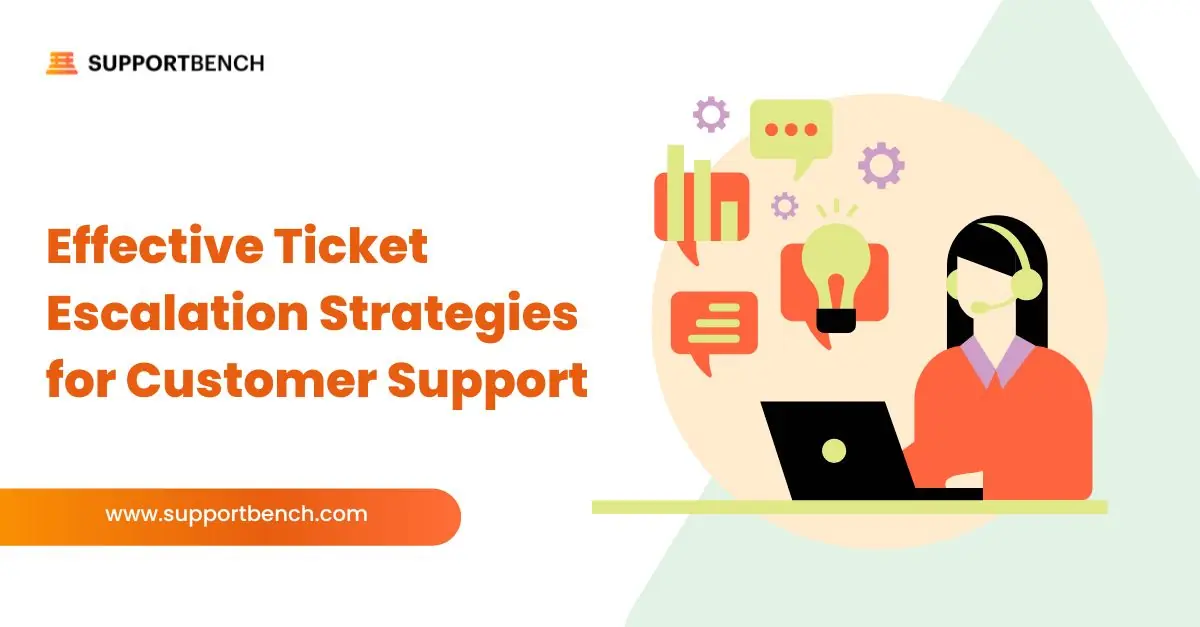A simple test to discover how well your support team is performing is by identifying your customer’s areas of difficulty.
“Let’s do it! is a universal mantra. It may sound encouraging but this piece of motivational prodding may urge many salespeople to make superficial changes to their products without grasping the real root cause of problems. This could be effective at first but might cause the
Every business that has something to sell should be able to identify these four areas of difficulty:
Problem 1 – Why are you selling what you’re selling? Problem 2 – How do your customers make their decisions? Problems 3 – What are their expectations? 4 – Where do they need help?
All of these areas have a significant impact on business, so the first thing salespeople and support professionals need to do is determine the root cause of customer struggles and design or package a solution.
Determining the issue
Solution 1
It’s no secret that customers are always seeking better products and services. To answer this, businesses try to offer an ever-improving quality of service and maintain a competitive position within the market.
Knowing the specific reason for our customers’ issues can go a long way in determining how to design a different message that will help customers solve their dilemma. Before a salesperson or support professional should try to address issues with a new product or service, it’s important to first eliminate the root cause of those problems. In other words, before you dive in, determine the “why” of your product or service and design a product to address that issue.
Solution 2
To determine how your customers come to a decision to take action or make a purchase, take a look at their problems and observe how they impact their business.
There are different factors why our customers decide to make changes or consider a purchase. A customer experiencing change at work, for example, will find that making new changes to his job will have a negative impact on his performance. Knowing all the factors for decision-making will allow you and your team to formulate a solution around that type of impact.
Problem 3
Some customers expect you to have all the answers to their problems, others want to solve their issues on their own and merely ask for support or instructions. For this to be clear, do not hesitate to ask your customers what level of service and kind of assistance they expect from your customer service team. Knowing this will help you and the customer to be on the same page and come to a solution the easiest way possible.
Solution 4
Perhaps your company doesn’t know what’s bugging customers? How about trying to find out? Of course, it doesn’t hurt to talk to customers about their problems in-depth to get a better handle on them and which programs you can use to help fix them. These conversations are useful to your sales and support team to help them recognize the real issues and find the solutions that customers really need.
Supportbench unifies customer support, success, experience, knowledge management, and account management into one simple platform. Do more, with less, to maximize your retention.
Ready to provide excellent customer support and take care of your customer’s areas of difficulty? Contact us today!















